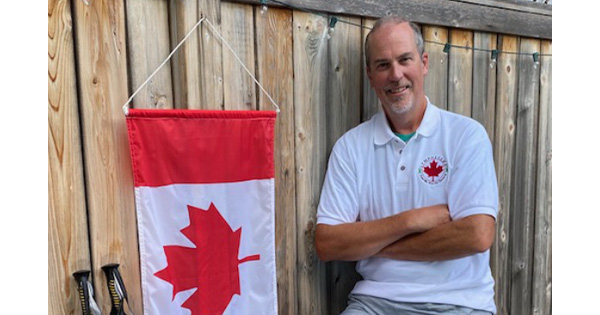Believe it or not, there is a process that accompanies the publication of this esteemed journal. First, comes the commissioning: a broad range of wound care experts from across the globe are approached to maintain that Wounds International continues to provide you, the reader, with the most valuable and up-to-date articles in wound care. Next up is the peer review, which involves sending the first drafts of the articles to two reviewers (experts in their field) under the condition of anonymity so that I can feed back their expert opinion to the authors.
Once accepted and revised, the editorial work begins. Word documents are turned into finished articles, with proofing taking place, as well as any tables and figures added. After numerous rounds of email correspondence between authors and myself, we agree that a final version of the article can be signed off. And after this stage, a flatplan is produced and, hey presto: a full issue of the journal is created and sent to the publishers for them to create a link that we then put on the website. This, in essence, is the exact same process or protocol that takes place for each issue of Wounds International and our other journals.
In terms of tried and tested protocols or strategies in wound care, up until now, it wouldn’t be a stretch to say that the significant challenge that wound care poses all over the world has often been exacerbated by a lack of consensus relating to priorities, investment and direction, all of which has led for calls for the NHS in the UK to focus on a coordinated national wound care strategy.
Leading the charge for change is Dr Una Adderley, Director of the National Wound Care Strategy Programme, supported by Jacqui Fletcher, Senior Nurse Advisor for the Stop the Pressure Programme by NHS Improvement and Clinical Editor of Wounds UK. Jacqui used an article in the Nursing Times (2018) to underline the fact that now that the burden of wounds is becoming more apparent through a glut of data and analysis, the time is ripe for a sea change (Guest et al, 2015).
In addition, some excellent work has been undertaken in Australia (Cooperative Research Centres Association [CRCA], 2017) where Wound Innovations was officially launched last year. The programme enables industry-led research to be translated into real-world settings. Speaking at its launch, the CRCA’s CEO Dr Ian Griffiths today explained: “The research from the CRC shows that for a patient to be successfully treated, a multidisciplinary team approach is required — no one health professional can treat a chronic wound. What we have at the moment is patients navigating a complicated system or abandoning the system altogether until it is too late to avoid an amputation.”
Where Australia and now the UK are leading, others will surely follow. Best practice and position documents, of which Wounds International has been a key player in recent years, acting as the World Union of Wound Healing Societies’ (WUWHS) publishing partner, are key to changing hearts and minds and creating a joined-up approach to wound care.
Perhaps the greatest achievement of the WUWHS best practice and position documents is that they make consensus from the consensus, so to speak. That is, the expert panel will bring the best practice from their specific country to the table and then this goes through the mangle of a global context so that it is streamlined further. The next step is surely for countries to begin pursuing their own national strategies for wound care along the same lines as Australia and the UK, using already established best practice and placing it in the framework that works best on a country-specific basis; understanding the differences between different nations is key to producing a tailored and workable strategy.
Finally, in the interests of the sharing of best practice, we are very pleased to announce that Wounds International will be indexed on Elsevier’s Scopus system as of the first issue in 2019. We’re delighted that the journal has been recognised for meeting Scopus’ selection criteria that includes: the diversity in geographical distribution of authors; article readability; and academic contribution in the field. This development will broaden the readership of the journal and further legitimises the work we wish to continue here at Wounds International. I wish you all a very merry Christmas and a happy new year!




